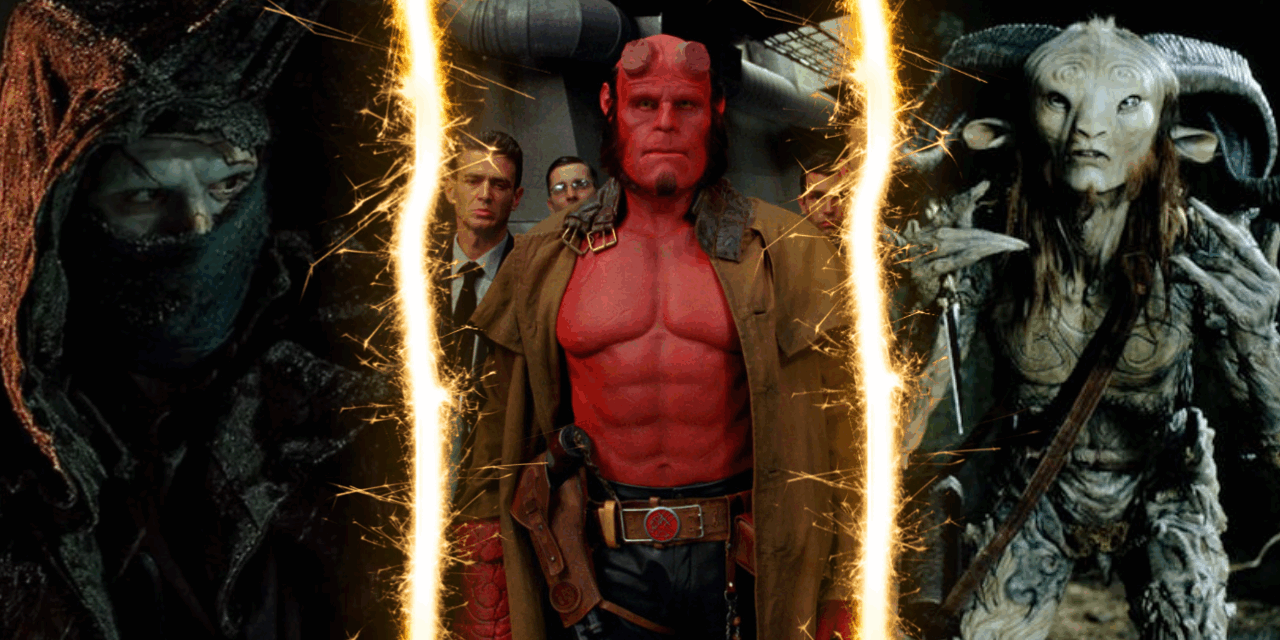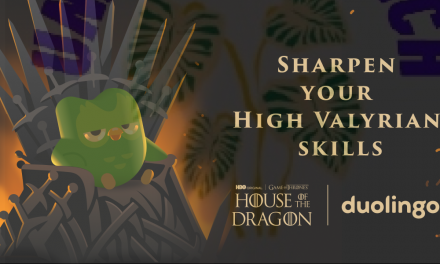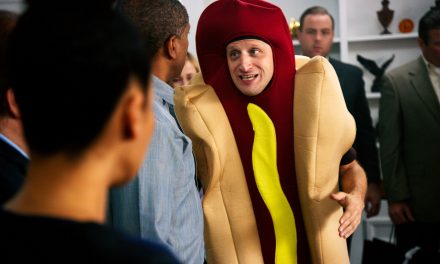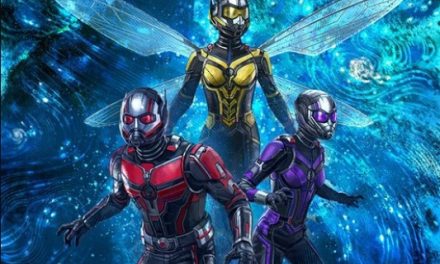On the heels of a fantastic LA retrospective covering the whole of his filmography, and his next film, Frankenstein, on the horizon, it’s the perfect time to celebrate the masterful works of Guillermo del Toro. The auteur filmmaker has carved out a unique, instantly identifiable territory in the filmmaking landscape, thanks to an original confluence of distinct elements. At their best, which is often, del Toro’s films feel magical, delivering something beyond and outside typical experience to explore topics that are often deeply human. His frequent use of monsters and related supernatural elements aren’t just excuses to frighten audiences, they’re well-used as opportunities to explore what it is to be an outsider, to be oppressed and cast aside, to be human.
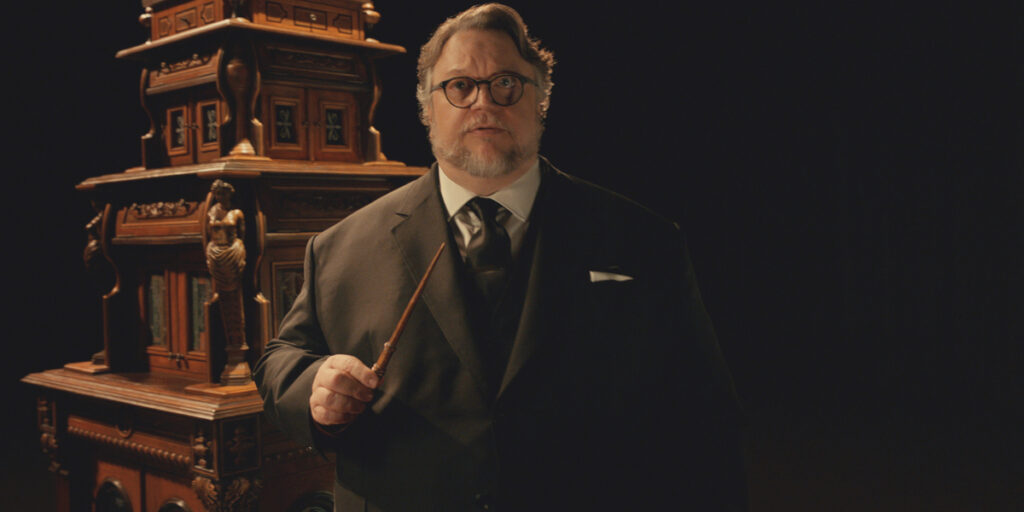
His films are always marked by beautifully constructed elements. Gorgeously detailed production design, beautiful costumes, immaculately designed monsters. Careful cinematography often moves with great technical precision, like the flowing lens of The Shape of Water. These characters, human and otherwise, are brought to life by a talented and often regular set of performers, like Ron Perlman, Doug Jones, and others. James Whale’s Frankenstein was a pivotal inspiration for his work, often cited as a childhood watch that eventually fueled many of his future cinematic interests. Adapting the property is, in a sense, the culmination of so many of these decades-long running threads, told with a masterful degree of skill. Looking back on del Toro’s illustrious career, here’s our ranking of his filmography.
13. Mimic (1997)
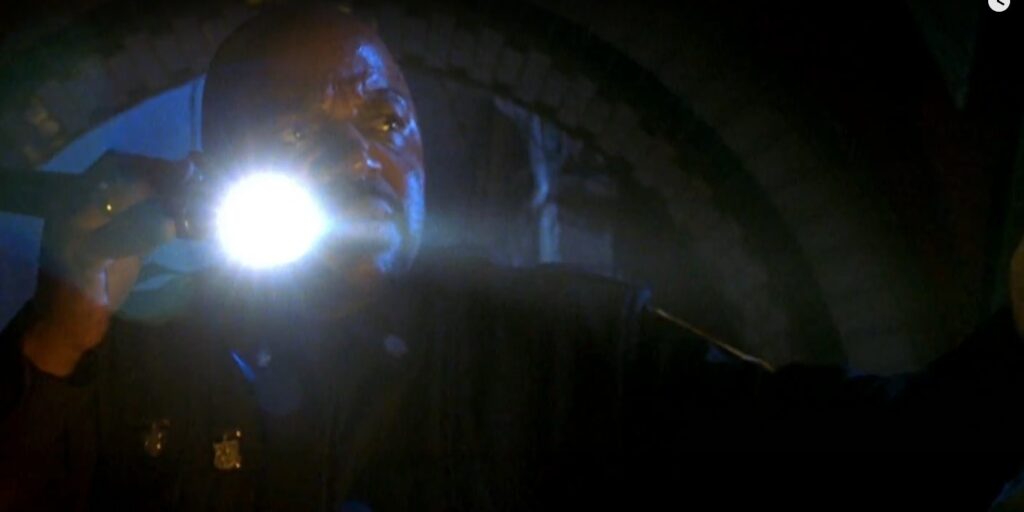
As a critic who is also a monster movie guy, I’ve always enjoyed aspects of Mimic. The film follows a genetically-engineered insect known as the ‘Judas Breed,’ intended to eradicate disease-carrying cockroaches, but which ultimately evolves into a threat that mimics humans. It’s a great premise, and the design of the Judas Breed is engaging. Between conflict with the Weinsteins and the latter having final cut privileges on the film, del Toro expressed discontentment with both making Mimic and with its final theatrical cut. As a consequence, Mimic is a perfectly palatable film that misses a lot of the magic that makes a del Toro outing special. The 2011 Director’s Cut makes a host of real improvements over the final film, but it’s still a notable outlier in del Toro’s oeuvre that never quite feels like his skilled handiwork.
12. Pacific Rim (2013)
We’re already at the point of a del Toro revisit where, essentially, every film his somewhere in the range between stone-cold banger and absolute masterpiece. Pacific Rim is del Toro’s love letter to Gundam-esque mecha fights and kaiju films, following a humanity invaded by an extradimensional race, the Precursors, who send genetically engineered monsters to our shores as weapons of war. Humanity’s last defense is the construction of massive mech suits, Jaegers, which require the mental link between a pair of compatible pilots.
Del Toro is most widely known for humanoid (or at least human-sized) entities, so an action-packed spectacle with building-sized robots fighting massive kaiju isn’t exactly his typical faire. Del Toro nonetheless capably utilizes the settings and set pieces of the genre to create a thrilling actioner with very, very cool fights and a strong human story at its heart. At the same time, the large-scale action-epic nature of it does miss a little of Del Toro‘s Gothic sensibilities and dark fantasy magic. Don’t get me wrong, I will always happily take a chance to watch it, but though it’s a solid and perpetually fun outing, it also feels a bit removed from the magic that makes his work so routinely special.
11. Blade II (2002)
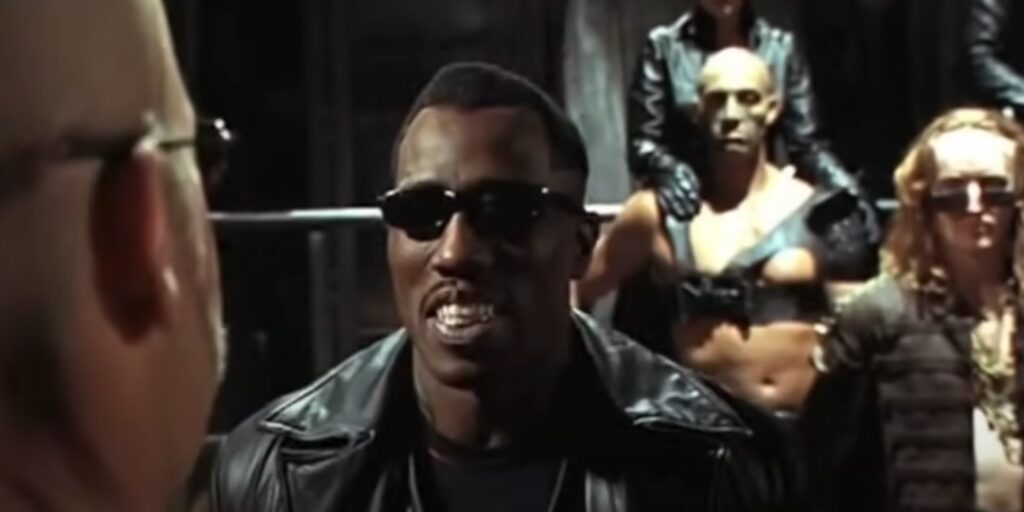
The first of del Toro’s three comic book movie adaptations, as well as the sequel to the original Blade, starring Wesley Snipes as the Dhampir vampire slayer known colloquially as Blade, “the Daywalker”. In Blade II, Blade has to contend with a new species of vampire, Reapers, that prey on vampires and humans alike. Like Pacific Rim, Blade II is an excellent action-oriented comic book movie that doesn’t quite capture the originality and moody Gothic magic of many of his other films.
What elevates the film higher, beyond Snipes’ excellent performance, is both its ability to put action sequences square within moody, memorable locales, alongside the sympathetic and yet threatening Reaper villain Jared Nomak (played with complexity by Luke Goss). The original Blade outing also rocks, but Blade II takes everything it does well and elevates it. There’s strong action choreography, great set design, and it’s routinely a ton of fun, despite not quite capturing the moody atmosphere of its exceptional predecessor, The Devil’s Backbone.
10. Crimson Peak (2015)
Doomed romances, beset by supernatural pressures, are the stuff of Gothic literature legend, and so they fuel del Toro’s foray into Gothic romance with Crimson Peak. The film is set in Victorian England, telling the tale of a young woman and burgeoning author whose charming new suitor harbors both a cold sister and a dark secret. Oh yeah, and the authoress sees ghosts: lots of them.
Crimson Peak may be one of del Toro’s least typical outings, focusing on a supernatural doomed romance instead of the usual exploration of monsters and the monstrous that even Nightmare Alley tackles, in its own way. Crimson Peak also sidesteps the intelligent political implications that often fuel his works, which regularly have anti-fascist and critical elements. Those differences made for a slightly uneven reception in its day, but Crimson Peak remains one of del Toro’s most strikingly gorgeous films. The production design is immaculate, the use of color pristine and striking. The designs of various ghosts are incredibly detailed, and the performances (particularly those of Mia Wasikowska and Tom Hiddleston) are incredible. It’s a remarkable effort.
9. Hellboy (2004)
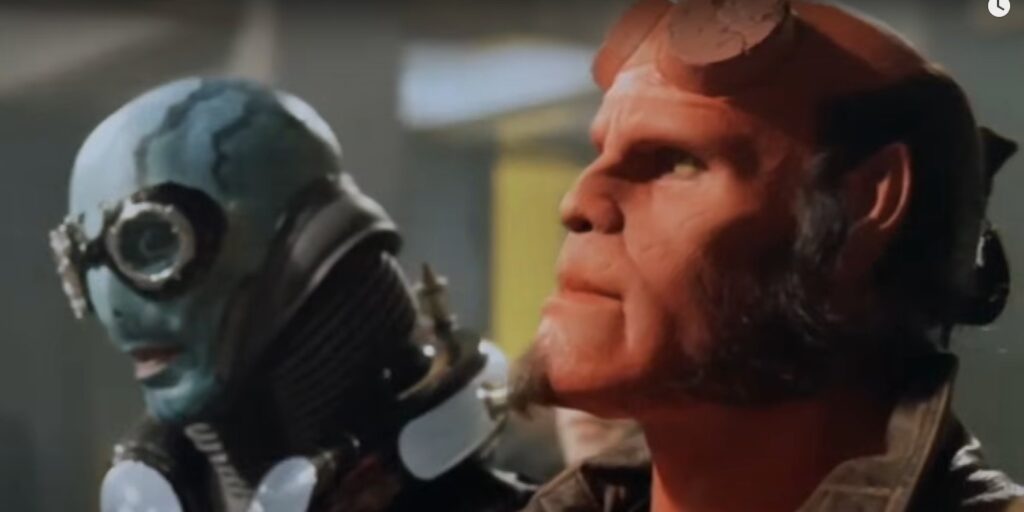
Hellboy is del Toro’s second comic adaptation, here bringing Mike Mignola’s exceptional Dark Horse comic series to the big screen. While Blade II is a stellar action-horror outing, Hellboy manages to bring del Toro’s unique voice into greater focus. The film focuses on a team of supernatural entities.
Led by Hellboy (Ron Perlman) and his Right Hand of Doom, who attempt to thwart Rasputin’s occult Nazi apocalypse. Del Toro adeptly captures the larger-than-life, otherworldly energy of Mignola’s visions. While also echoing a truth of our time that echoes throughout both the Hellboy comic series and del Toro’s own filmography: fascists are the f*cking enemy. Ron Perlman’s embodiment of the edgy, cat-loving demonic heir is flawless. The film (del Toro’s fifth) is his first that finds a true, and near-perfect, balance between high-octane action and the magical tone that pervades his unique style. It’s a stellar film that would certainly rank higher on any other director’s film list.
8. Cronos (1992)
Cronos is Del Toro‘s first feature film. A Spanish-language outing about an antique dealer who finds an ancient alchemical device that gives him immortality with a high cost… unfortunate growing bloodlust. It’s one of the most original interpretations of a vampire-type being in film history. It already captures many attributes that have come to characterize del Toro’s work. Cronos has sympathetic monsters, beautiful production design, and a true originality to it. Making the film a stone-cold stunner of a first feature with exceptional performances all around. The only real limitation for Cronos is that Del Toro’s subsequent entries show such an evolution in technical prowess and clarity of vision that they necessarily knock it down a little bit in a list of this kind. It’s still a wildly original, and beautifully executed original vision that deftly showcases the filmmaker’s brilliance.
7. Nightmare Alley (2021)
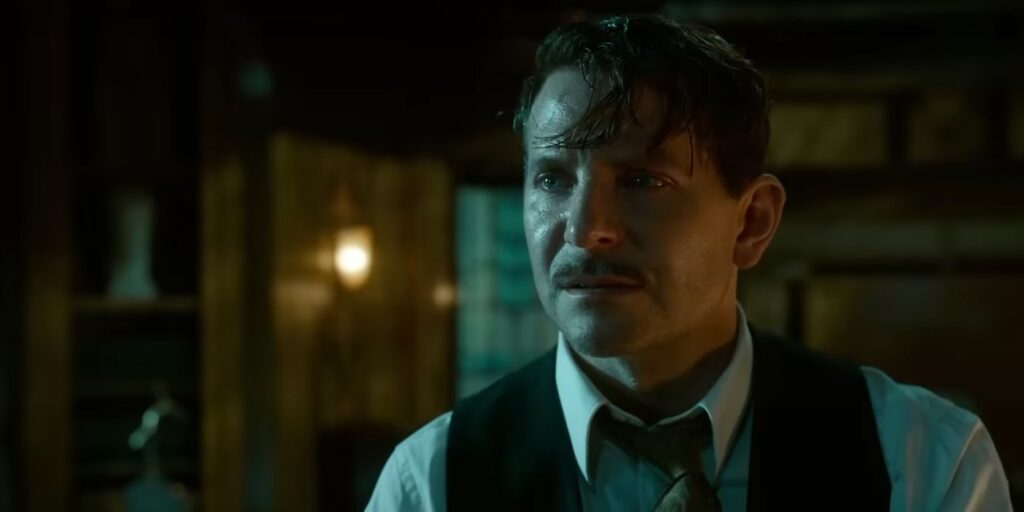
Tackling neo-noir territory is almost a great director’s rite of passage. Fueling many entries in the filmographies of some of our most talented filmmakers (think Fincher, the Coen Bros., Scorsese, or the late and magnificent David Lynch). Giving his own spin on the classic 1947 noir Nightmare Alley, this iteration stars Bradley Cooper as Stanton Carlisle, a grifter-turned-carney whose embrace of the ‘spook show’ makes powerful enemies, delivering him to a fate worse than death.
Nightmare Alley is an entirely non-supernatural outing. Full of secular villains committing non-supernatural evils, but it still manages to find novel routes into some of the auteur’s most characteristic themes. It’s a film about making a man into a monster (this time, not literal). As well as the othering of so-called ‘monsters’ (the people whose unique physical attributes are ‘sold’ as attractions under the big tent). Nightmare Alley is a gorgeously shot, beautifully acted, immersive tale of a fall from grace. What’s most striking is that the film’s ending is not just one of del Toro’s bleakest, it’s one of the bleakest in our era. Nightmare Alley is a carefully paced train ride to hell, wrapped in a beautiful bow. Watch it, then cuddle a puppy or something. You’ll need it.
6. Hellboy II: The Golden Army (2008)
While del Toro has directed a sequel before (Blade II), Hellboy II: The Golden Army is his first follow-up to his own directorial outing. The opportunity allowed the director to build off what worked well (essentially, all of Hellboy), and run full-speed into one of the arenas he shines most in: worldbuilding. Hellboy is an impressive introduction to a complex comic world. But it is still weighed down a little by introductory pressures.
Hellboy II: The Golden Army delivers a massive expansion of the world. From the backstory of humanity (we weren’t kind to more supernatural species) to the introduction of new layers of the world (Troll markets, anyone?), species (elves, goblins, nature gods, and so on), and folklore. If Hellboy was a solid action-fantasy meal, Hellboy II became an eight-course dinner that truly transports the viewer into another world. It’s exceptional, and as expansive and gorgeous as it is action-packed.
5. Guillermo del Toro’s Pinocchio (2022)
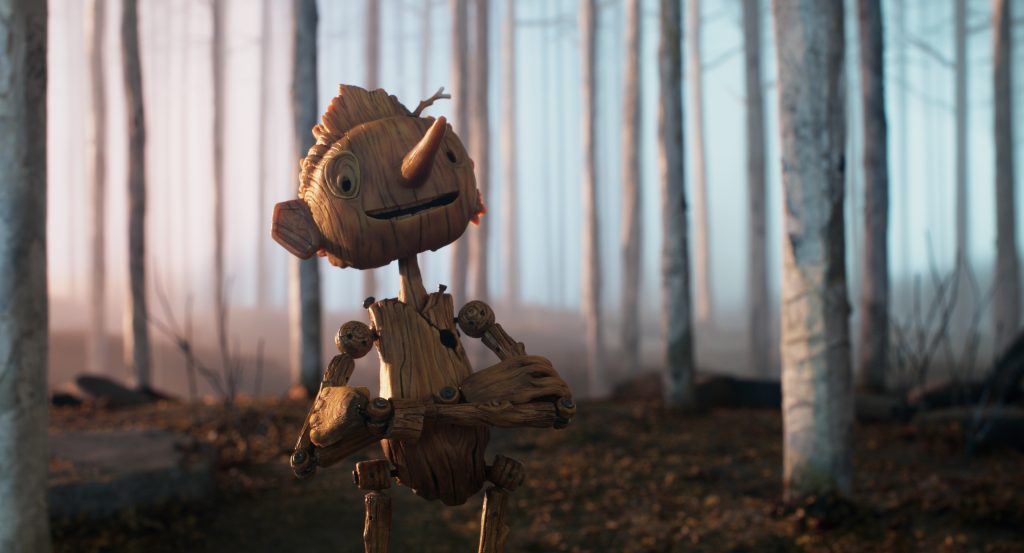
Del Toro’s riff on Pinocchio, the story of Gepetto’s construction of a wooden boy-turned-sentient-wood-being (with real boy hopes) was a magnificent turn for the director. His first foray into feature animation (an art form he’s increasingly championed), Pinocchio rightfully won del Toro his second Oscar. This time for Best Animated Feature. The stop-motion animation is wonderfully detailed and immaculate, utilizing innovative stop-motion techniques that create an otherworldly and immersive feeling throughout. The vocal performances are on point, and it capably captures del Toro’s explorations of the humanity of society’s ‘monstrous Others’ in a novel way. The artistry of the animation alone would merit a higher ranking. But the film has one flaw: it’s a musical whose songs arguably detract from, rather than enhance, the success of its scenes. It’s nonetheless a testament to del Toro’s boundless capacity for creation.
4. The Devil’s Backbone (2001)
While Cronos makes a strong statement as del Toro’s first feature, The Devil’s Backbone is his first film to scream his filmmaking skill from the rooftops. It’s centered in a remote Spanish orphanage during the Spanish Civil War.The film follows orphan and new resident Carlos (Fernando Tielve). He comes to have experiences seeing a ghastly apparition, Santi (Junio Valverde), the ghost of a child who mysteriously died at the orphanage.
The Devil’s Backbone feels like the lovechild of a fairy tale and a nightmare. A beautifully mournful, eerie supernatural yarn that stays with the viewer long after it’s over. It’s a grounded historical tale that, only a few films into his career, brings out every aspect of what makes del Toro such a special filmmaker. His filmmaking prowess, production design, and technical skill grow as his career progresses. But The Devil’s Backbone is nonetheless an incredible film that’s too regularly overlooked.
3. Frankenstein (2025)

Frankenstein is, in so many ways, the culmination of the director’s lifelong fascination with both Frankenstein and a whole host of themes around monstrosity and what it means to be human. Oscar Isaac is an exceptional Victor Frankenstein. While Jacob Elordi gives the best performance of his career as the sympathetic Creature. His story is sympathetic and complex. His relationship to Victor layered and nuanced, and Elordi masters a character that evolves as the film progresses. These elements envelop the viewer further thanks to incredible production design, costumes, and makeup. Creating a thoroughly immersive take on the iconic sci-fi horror novel. It takes a few liberties with the property, and various plot threads find slightly different degrees of success. But it’s an incredible success that’s one of the year’s best films.
2. The Shape of Water (2017)
The Shape of Water earned del Toro his first Best Picture nomination. He walked away with both Best Picture and Best Director for good reason. This was a romantic, magical outing taking heavily-libertied inspiration from Creature from the Black Lagoon. The film features Sally Hawkins as Elisa Esposito, a mute janitor in a government facility in the 1960s. A top secret new find comes through–a discovered amphibious humanoid (that may be a god) discovered in South America and wanted by both top U.S. brass and the Soviet Union. Gradually building a relationship with the entity after its discovery, Esposito and the entity increasingly fall for each other. This film captures the folklore energy of his earlier masterpiece, Pan’s Labyrinth.
Every aspect of The Shape of Water lands. From its beautiful set design to its dreamlike evocation of the 1960s, to its exploration of monstrosity and human villainy. Beyond the moving romance, triumphant creature design, and flowing camera work, it’s a top-shelf tale of a rag-tag band of Cold War American society’s most overlooked individuals. Banding together to rescue a god from Uncle Sam. What else can anyone ask for?
1. Pan’s Labyrinth (2006)
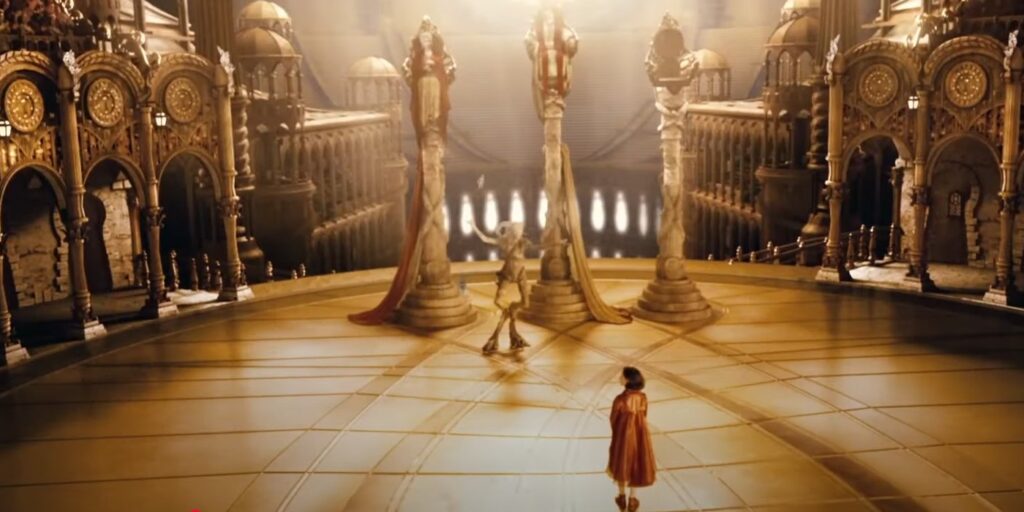
Sure, we’re in an era where the term is often overused, but Pan’s Labyrinth is a masterpiece. An antifascist dark fantasy fairy tale, the film follows Ofelia (Ivana Baquero), the daughter of a woman who married the vicious Captain Vidal (Sergi Lopez) in 1944 Francoist Spain. Through a series of fantasy-drenched adventures and meeting with supernatural creatures, she comes to believe she’s the reincarnation of the underworld’s Princess Moana.
Everything about Pan’s Labyrinth works. The creatures are diverse and adeptly executed. The settings are beautifully constructed and shot. The human story is a harrowing antifascist tale, and the careful threading of the mundane real-world story against the ambiguously supernatural one is skilled. Ivana Baquero is exceptional as Ofelia, and all these technical successes create an atmosphere that best exemplifies del Toro’s ability to translate a magical tone to the screen. It’s a wild success, hands down, and the maestro’s greatest work thus far.
Many of these films were screened as part of the series Está Vivo: The Gods and Monsters of Guillermo del Toro, courtesy of Beyond Fest at American Cinematheque.
Frankenstein hits select theaters today, October 17, 2025, before its debut on Netflix on November 7, 2025.

